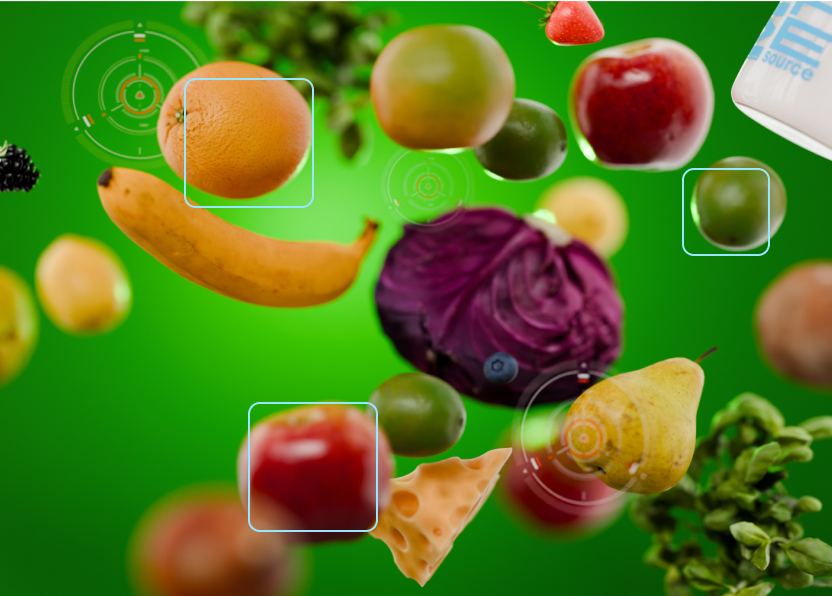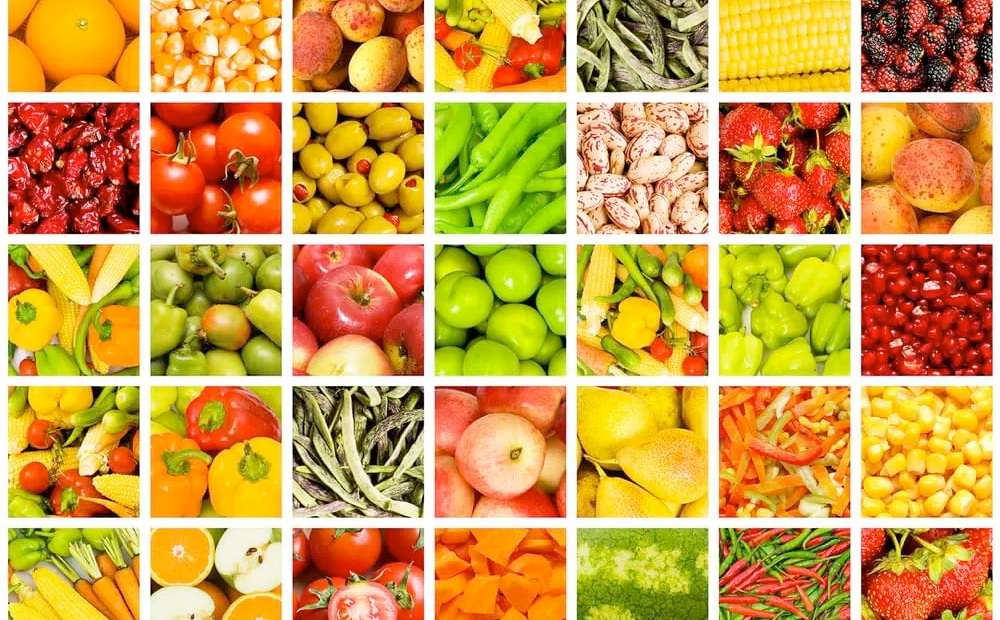Automated QC & Fresh Produce Grocery Retail: Orchestrating the Best Quality for Shoppers
- Quality Control App

No one complains when the quality is great. But when it drops, even once, it’s the only thing they remember.
Shoppers may forgive a slightly underripe avocado, but not when quality fluctuates week to week. In the world of fresh produce retail, consistency is king.
Fruits and vegetables are more than grocery staples. They’re a signal. Shoppers rely on visual cues, texture, and smell to gauge freshness. That’s why in-store shopping experiences are so vital, and online shopping has never caught on as a preferred channel for fresh produce.
More importantly, they rely on their past experiences with your store. Was the melon ripe last time? Did the berries last more than two days? Inconsistent quality doesn’t just lead to one lost sale. It chips away at trust. And
And when trust erodes, loyalty follows. Retailers feel it in declining repeat visits, shrinking basket sizes, and tighter margins. As price sensitivity rises and expectations climb, maintaining quality is a twofold challenge: yes, you need to aim for the best quality for shoppers. But you also need to be able to deliver a high standard with every shipment.
But how do you achieve that kind of consistency across locations, suppliers, and seasons?
The answer lies in automated QC solutions.
The True Cost of Inconsistent Produce in Fresh Produce Grocery Retail
It’s easy to underestimate the impact of a bruised apple or a soft tomato. But data shows that nearly 1 in 3 shoppers believe supermarket food quality is declining. And when consumers lose confidence, they switch stores, or switch to packaged alternatives altogether.
What’s behind this perception? It’s not necessarily that produce is getting worse across the board. More likely, it’s that quality is inconsistent. One week the peaches are perfect; the next, they’re mushy. If quality were poor but consistent, shoppers might adjust their expectations. But unpredictability triggers dissatisfaction—because it breaks the unwritten promise retailers make with every purchase: that what you see is what you’ll get.
The root of the problem? Traditional quality control processes rely heavily on human inspection. This introduces variability, fatigue, and subjectivity. What one team member sees as acceptable, another might reject. Multiply that human error across dozens of stores and thousands of shipments, and the inconsistency compounds.
Real-Time Data Is Changing the Game
Automated QC systems powered by machine vision and artificial intelligence offer a real-time, objective view of every item passing through the production line.
And the shift from static checks to dynamic insights is a game-changer.
Rather than relying on reactive signals (like customer complaints or supplier penalties), retailers can now act proactively. Real-time data helps identify trends, trace issues back to their source, and optimize the entire quality control process before flawed products reach the sales floor.
This level of visibility opens up a new playbook:
- Flag quality deviations instantly across shipments, lots, or regions.
- Diagnose systemic issues at the source: a field, packhouse, or specific handling step.
- Dynamically reroute inventory based on quality scores (e.g., send “grade B” fruit to foodservice instead of retail).
- Inform merchandising tactics such as pulling promotions if supply quality dips below brand standards.
- Benchmark supplier performance to drive smarter procurement conversations.
- Reduce reliance on manual audits while maintaining consistent, objective standards.
This visibility enables better inventory decisions, like redirecting borderline shipments or adjusting merchandising tactics before shoppers ever see a bad apple.
How Automated QC Prevents Spoilage at the Source
In fresh produce, time is the enemy. From harvest to shelf, every hour matters. Delays, manual inspections, and inconsistent assessments all contribute to unnecessary spoilage and lost value.
Automated quality control systems change this equation. These systems allow teams to detect issues as soon as products enter the supply chain. Early detection means early decisions.
By identifying defects earlier in the manufacturing process, retailers can reroute, repurpose, or remove problem stock before it reaches store shelves. Slightly damaged fruit might be redirected to foodservice, juicing, or frozen lines. This level of flexibility depends on being able to work with multiple sets of quality standards at the same time, and within a single source of truth.
Low-grade batches can be flagged for deeper investigation or held back from high-visibility locations. These interventions protect not only the end consumer but also the retailer’s brand and bottom line.
When quality issues are caught late, the options are limited. At that point, waste is almost guaranteed. But upstream insights give retailers more room to act, reducing rejections and shrink, while preserving margin.
This approach removes guesswork from frontline teams and replaces it with data-driven protocols that scale.
Why Shoppers Reward Consistency in Fresh Produce Grocery Retail.
What customers really want when they browse the fresh produce aisle is predictably high quality, not perfection.
A consistently fresh experience builds trust. Shoppers may accept the occasional blemish, but they need to feel confident that quality will be steady from one visit to the next. When that expectation is met, habits form. And in retail, habits drive loyalty.
Retailers who invest in automated quality control are seeing this effect in action. By removing the guesswork from quality checks and applying consistent standards across their supply chain, they are able to deliver a more uniform product experience. Shoppers notice the difference, even if they cannot articulate why. Over time, they begin to associate that consistency with the retailer itself.
Retailers using automated QC systems like Clarifresh report higher customer satisfaction and repeat business. That happens because consistency becomes part of the brand identity. It becomes a quiet promise that each peach, each tomato, each bunch of greens will meet the same level of care and scrutiny.
In a category where margins are thin and competitors often carry the same SKUs, quality alone is not enough to differentiate. It is the ability to deliver that quality consistently that sets leading retailers apart.
Implementing Automation in Fresh Produce Retail: A Smarter Path to the Best Quality for Shoppers
The future of fresh produce retail belongs to those who can deliver quality with precision; efficiently, at scale.
Automated QC is no longer experimental or optional. For retailers focused on long-term results, it is a strategic investment. By implementing automation, teams gain greater visibility into their supply chains, reduce waste before it happens, and ensure product quality never becomes a guessing game.
With cutting-edge tools powered by AI and real-time data, retailers are achieving increased efficiency across their operations. They’re unlocking smarter sourcing, better inventory control, and stronger relationships with shoppers who can rely on them for the best quality produce.
The outcomes speak for themselves: higher customer satisfaction, fewer rejections, and a more resilient retail model.
If you’re ready to explore how automated QC can work within your business, let’s talk. Book a call with Clarifresh to see how we can help you build a smarter, fresher future.



